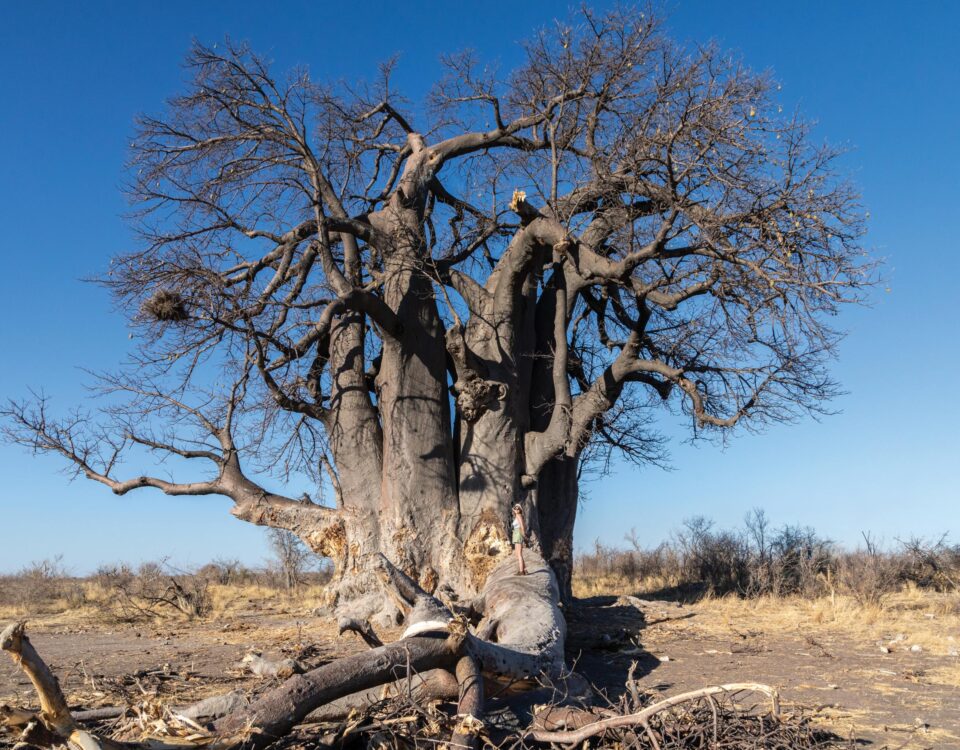Conservation Agriculture: Adapting to climate change – the Market-First approach
July 15, 2012Foundation of the NNF – Louw’s legacy to conservation in Namibia
July 15, 2012by Linda Baker, environmental journalist
When Ben Beytell closed his office door on 31 May 2011, the loss was felt not only in official conservation circles, but also across the tourism, mining, hunting and game-meat sectors. He had worked for the Ministry of Environment and Tourism and its predecessors for 35 years, for the last decade as Director of Parks and Wildlife Management.
His story begins in 1976 when, inspired by PJ Schoeman’s tales of adventure and armed with a conservation diploma, Beytell signed up with the then South West African authorities with instructions to ‘start a game park’ in remote eastern Bushmanland. In those days, Tsumkwe was about two days’ drive from Windhoek and he travelled to town four times a year to attend compulsory management meetings and to restock his grocery cupboard.
The name of the conservation authority changed over the years, but Ben’s unending commitment to the environment endured. Living briefly in Grootfontein and then in Rundu, Ben came to know and love the remote, neglected, wilderness of north-eastern Namibia. Communication was difficult and few visitors dared travel there. But he saw great potential for protecting and developing the biodiversity of the north-east for conservation, tourism and rural development.
To achieve this, the proclamation of several parks was required. Although the proposed park around Tsumkwe never materialised, Ben helped lay the foundations for some of Namibia’s most notable and species-rich conservation areas. These are the Mahango – later to be incorporated into the Bwa-bwata National Park – Khaudum, Mamili and Mudumu national parks.
Today, these areas offer new approaches to conservation, serving as national and international models for partnerships and housing a treasure trove of biodiversity that attracts tourists, opens new tourism routes and destinations, and contributes to rural livelihoods and poverty reduction.
“Several conservancies and community forests in the north-east add to conservation while providing jobs, benefits and empowerment to communities,” he recently told the MET’s Sandpaper magazine.
Ben moved to Windhoek in 1992 when he was appointed Deputy-Chief: Conservation. His responsibilities included trophy hunting and the establishment of trophy-hunting concessions to generate funds for the Game Products Trust Fund. In 1999 he was promoted to Deputy-Director (Chief). He helped mobilise the Game Products Trust Fund (GPTF) and looked after the interests of the MET’s diploma students. During this period many of the country’s shining conservation stars were mentored by Ben.
Since taking up the post of Director, the Sperrgebiet, Bwabwata, Mangetti and Dorob national parks were gazetted. The entire Namibian coastline is now protected – this is internationally significant and the world recognises Namibia for its far-reaching commitment to conservation.
And importantly, Namibia’s protected-area network has expanded, with 64 communal-area conservancies registered; the Human Wildlife Conflict Policy and Guidelines have been approved and implemented; and wildlife populations across the country are flourishing. Ben highlights support from projects, partners and donors as one of the major factors contributing to Namibia’s conservation success over the years.
As Director, Ben consistently practised an open-door policy. He was known to the media as one of the most accessible and helpful civil servants in Government. He says he remembers the lasting friendships that were established with trophy-hunting operators, game and livestock farmers, game dealers, conservancies and commercial Wildlife Management Units (in fact, too many organisations and people involved in the conservation sector to mention) with fondness, and that he will forever be grateful for the fulfilment this has brought to his life.
While presented with an armchair as one of many retirement gifts from the MET and partners, it is unlikely that he will spend much time in it, as yet another door has opened for Ben, insofar as he is stepping into a wider world of conservation and tourism, which bodes well for Namibia.
This article appeared in the 2012 edition of Conservation and the Environment in Namibia.

